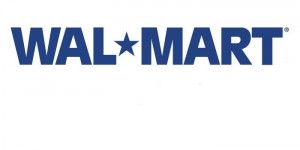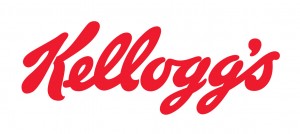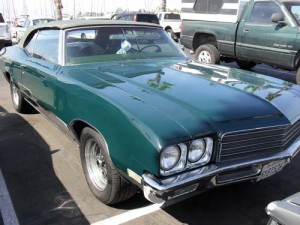A Google+ ad.
Google published a nice usable ad in the New York Times today, the visual for which is the oft used name tag with the line “Hello My Name is Dave.” The copy started off with a little explanation of how cumbersome it would be if every time you met someone you had to tell them your name, age and where you are from. So with heads nodding the copy goes on to suggest this would also be cumbersome every time you visited a website. The solution, says Google, are cookies: “tiny little crumbs of stored information to remember your previous visits.” Doesn’t sound so bad. And for those who don’t know what a cookie is, it’s a nice little explanation. My mom would understand this (if she could find the URL bar.)
In a time when privacy (which rhymes with piracy) is extremely topical, this simplified, non-judgmental explanation of cookies is, as the Brits say, quite lovely. The copy explains cookies can be shut off and provides a link to other information about privacy. (Google Chrome has some elegant solutions, btw.)
Google knows so much and now they seem to have conquered the science of advertising. Simple is better. One idea at a time. Engage. Leaders educate and this ad demonstrates both qualities. Another Google +. Peace.







